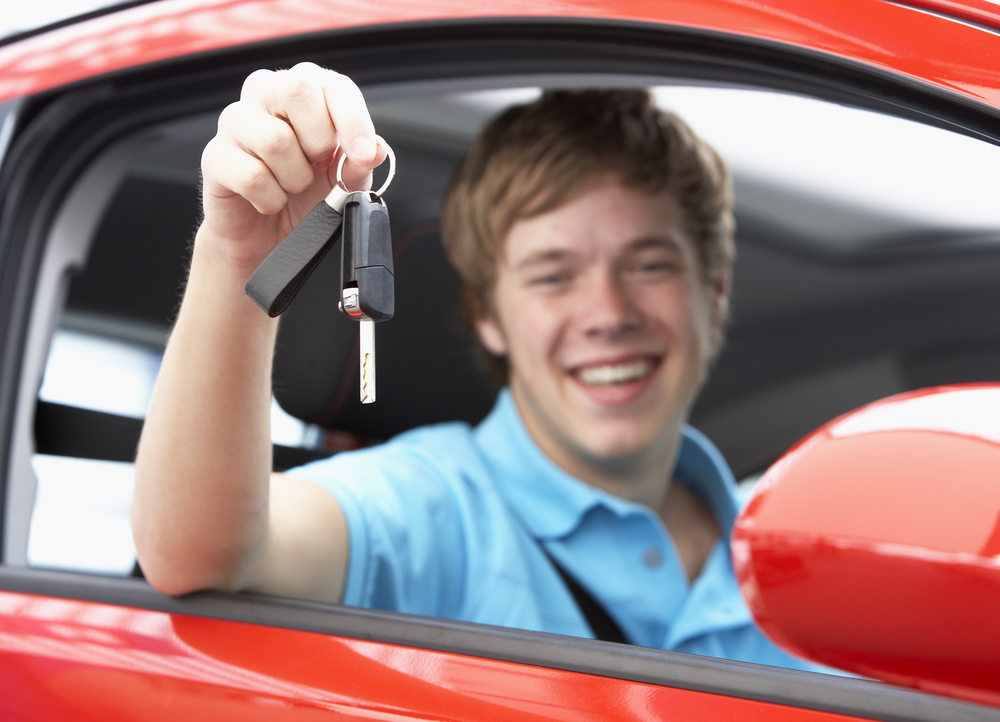SOME PEOPLE DON’T BOTHER, BUT TEST DRIVING ANY PROSPECTIVE NEW CAR PURCHASE IS VITAL. HERE ARE A FEW TIPS ON HOW TO TEST DRIVE A NEW CAR.
IT IS A CONSTANT SOURCE of amazement that people continue to buy cars without properly test driving them first. Some people are silly enough not to test drive their intended purchase at all!
The test drive is your opportunity to assess a major purchase and ensure that it meets your needs, and like most things in life, there are some simple rules to follow to ensure you get maximum value from your test drive.
And a word of warning, here. Always check that the car you are test driving is insured, and enquire about the size of the excess. Car dealers reduce their premiums by taking out the largest excess they can. If anything happens on the test drive, you are responsible. If the car isn’t insured, you’re up for the whole shebang. Even if it is insured, the excess could be as high as $5000, and you’ll be the one who has to pay.
TEST DRIVE WHAT YOU’LL BE BUYING
So, once you are satisfied that the car is insured and you’re comfortable with the excess, make sure the car you are about to test drive is as close as possible to the one you actually want to buy. Don’t accept that “it’s almost exactly the same” and the characteristics are the same. They aren’t. Don’t test drive a car with a different engine or transmission than the one you want to buy. Don’t test drive a top-of-the-range model if you want to buy an entry level model. Don’t test drive a sedan if you’re looking to buy a hatchback.
ASK WHAT’S INCLUDED AND WHAT ISN’T
Dealers have a bad habit of optioning their test drive vehicles up with all manner of expensive extras. Before you go on your test drive, ask for a clear explanation of what’s standard and what is optional on the car you’re about to drive. If the test car has optional sports seats, optional safety features (such as autonomous emergency braking or adaptive cruise control), different wheels or tyres or any number of other options that you won’t be including on your new car, ask to drive one closer in specification to your intended purchase.
TEST DRIVE ON ROADS YOU KNOW
Remember that old advice when buying audio equipment? It was suggested you take along your favourite CD to play because you know what it sounds like on your current system. The same applies when test driving a car: reduce the variables. If you are test driving more than one car (and you should), driving on the same roads with each will highlight the differences between the way they ride, perform and handle.
DON’T BENCHMARK THE NEW CAR AGAINST YOUR CURRENT CAR
Any new car will look, smell and perform better than an old one. Your current car isn’t new, and it’s been around the block a few times. What you are comparing when you take a car for a test drive is each car on your shortlist. Is one more comfortable than another? Is it quieter? Is the handling sharper, the tyre noise louder, the controls intuitive? If possible, test drive each car on your shortlist back to back, or as near as you can.
DON’T RUSH IT
There’s a lot to consider, and once you’ve made your decision, you’ll have to live with it for a number of years. The test drive should last at least half an hour, longer if the dealer will agree. The ideal situation is to have the car overnight which gives you plenty of time to drive on roads you know, see if it fits in your garage, can handle your driveway and generally live with it for a while, rather than sampling it. Can you get in and out easily? If you have special interests such as golf, will the golf bags and buggy fit? Or a cycle if you go cycling. You may even wish to consider if the car is suitable for your children or pets.
CHECK OUT ALL THE FEATURES
Modern new cars have a plethora of features, so play with them all. Check out Bluetooth and pairing your phone. Try music streaming. Drive using cruise control, play with the paddle shifts. Is the air conditioning cold enough, do the seat heaters make you feel uncomfortable, does the voice recognition system recognise and react to your voice? Key a destination into the sat nav and see how well it gets you to your desired location. Reverse park and check out the rear vision. Open the boot or luggage compartment and see how well it will accommodate regular items and the odd ones that you will inevitably have to carry at some point.
BE A PASSENGER
Driving a car can be a distracting experience. Because you are concentrating on driving (especially in a car you’re not familiar with) you can easily miss things. Spend some time in the passenger seat with someone else driving. Then climb in the back seat and see what it’s like back there. It’s also a great opportunity to assess the road noise and ride quality.
And if you’ve got kids you need to accommodate, then make sure you take one of them and their childseat, obviously, along with you when inspecting any prospective new car purchase. Because, while the driving experience is important, just as important is knowing whether you can carry your kids and all of their stuff.
CHECK THE REAL WORLD FUEL CONSUMPTION
Because you are driving on roads you know, you have a great chance to measure the fuel consumption under the conditions you will be using the car. When you pick it up for the test drive, reset the trip meter and the trip computer. At the conclusion of your test drive, check the fuel consumption – it may be completely different from that quoted on the windscreen and quite probably a more realistic measure of what you can expect. Well, slightly, anyway. Unless you’re driving more than 100km, you’re unlikely to get a decent average snapshot.
Once you’ve driven all the cars on your shortlist, you may want to go back and re-test one of more of them, in light of what you discovered in other models. Go right ahead. And whatever you do, don’t rush into a decision.
[“source-practicalmotoring”]






